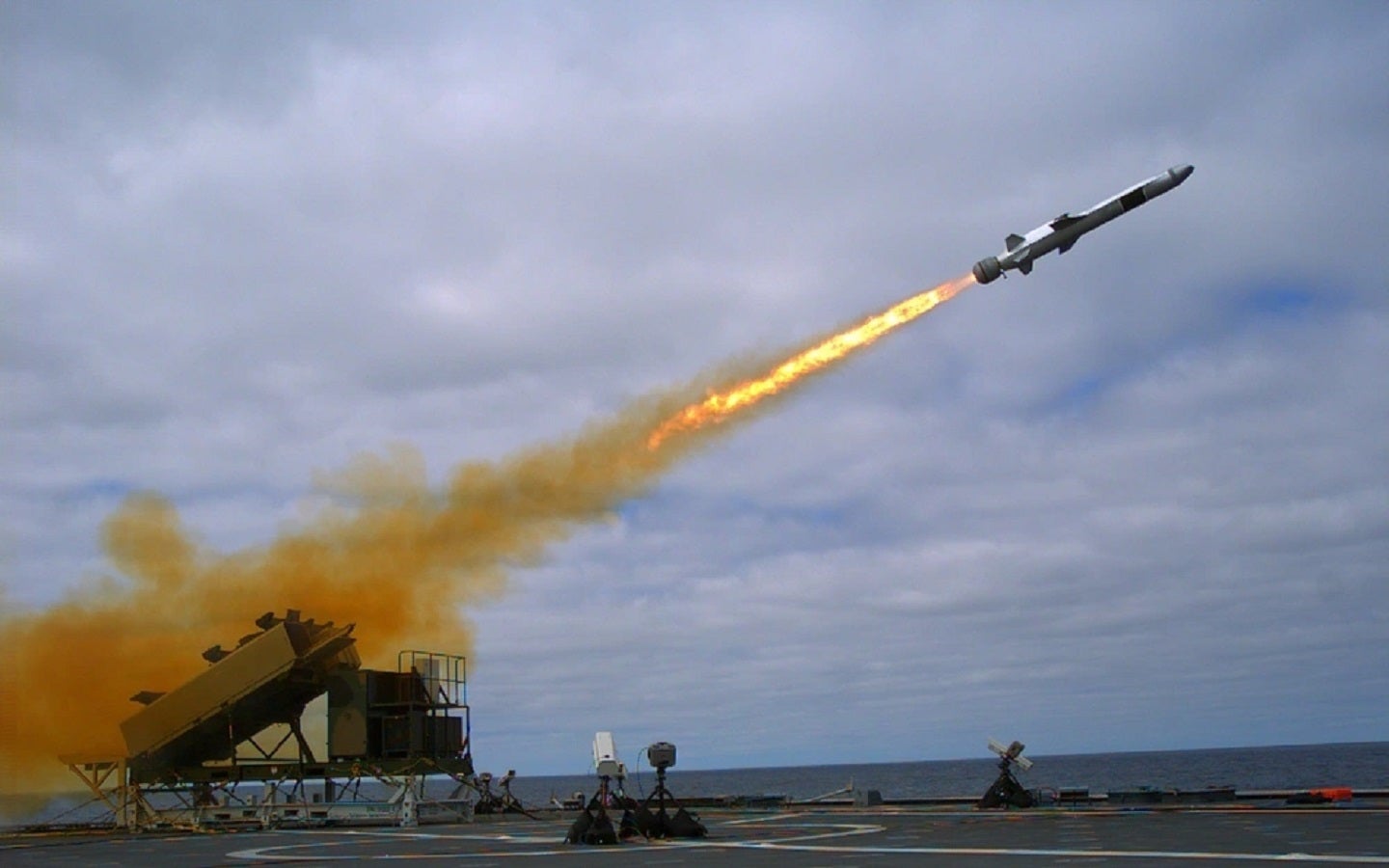
The US Department of Defense (DoD) has awarded Raytheon Missile and Defence $234m to exercise options for the over-the-horizon weapon system (OTH-WS) on 22 March.
This contract marks the start of many supporting the US Navy’s (USN) research and development (R&D) toward its weapon system capabilities at sea. Firepower and advanced capability now trump all else as the USN seek to gain the competitive edge over adversaries like the People’s Republic of China (PRC).
USN strategy
In fact, the President’s FY 2024 Budget “makes the [DoD’s] largest-ever investments in readiness and procurement – and our largest investment in research and development” of $145bn. Meanwhile, in the Navy Budget, “Looking now at weapons procurement, in this year’s request the department has made significant investment, over $2bn from last year’s enactment”.
The OTH-WS provides long-range, over-the-horizon, anti-surface warfare capability for the USN. This surface-to-surface missile will be used on littoral combat ships and guided-missile frigates.
This is in line with the fact that the USN has decided to increase its ship count more cheaply with the production of frigates and littoral-water ships instead of the time-consuming destroyers (DDG), so that they can focus investment on firepower and capability across the fleet with weapon systems like the OTH-WS.
Other such weapon systems the DoD will pursue for these vessels include “four multi-year procurement contracts for the ERAM Standard Missile 6 and jointly with Air Force for the JASSM and LRASM weapons systems”.
Additionally, the DoD will purchase “Tomahawk weapons while the Navy increases the quantity for the Maritime Strike Tomahawk and recertifies existing Tomahawks and NAVCOM upgrades” for the US Marine Corps.
OHT-WS capability
The OTH-WS is a stand-alone system consisting of an operator interface console, naval strike missile, and a missile launching system, requiring minimal integration into the host platform. The OTH-WS receives targeting data via tactical communications from combatant platforms or airborne sensors and requires no guidance after launch.
The USN has asserted that procuring weapons like this missile is part of its national strategy for a more integrated maritime deterrence. Besides joint development programmes like AUKUS, which clearly demonstrate industrial integration between allies and partners, the use of common weapon systems is also a factor to consider. Ally navies such as Norway and Germany have also recently procured the Naval Strike Missile in December 2022.




